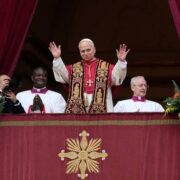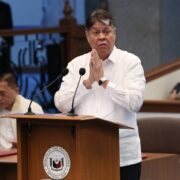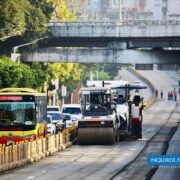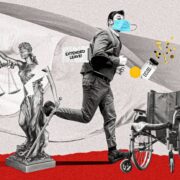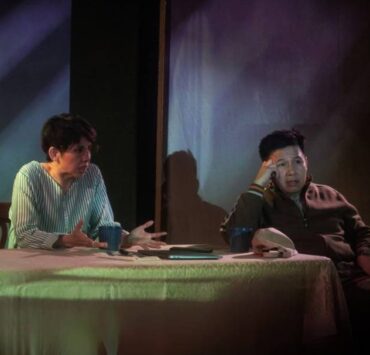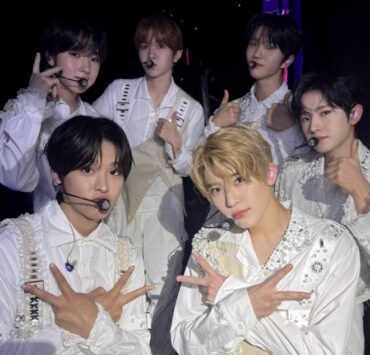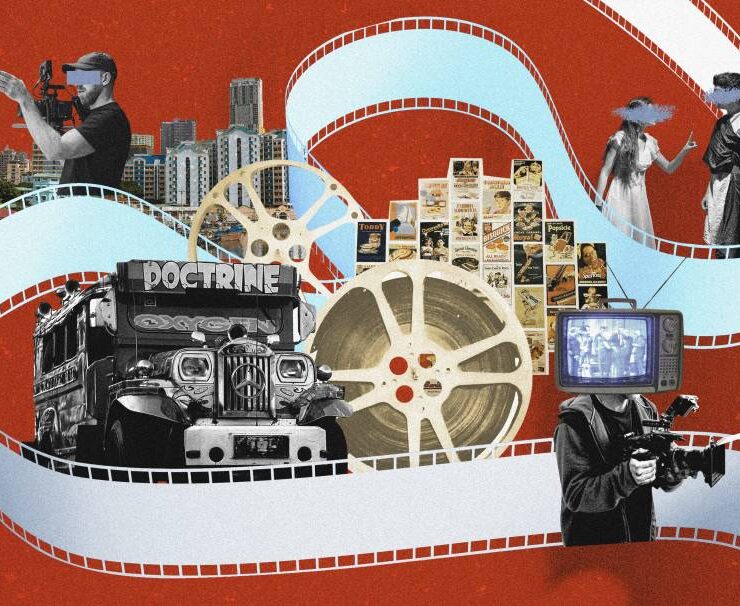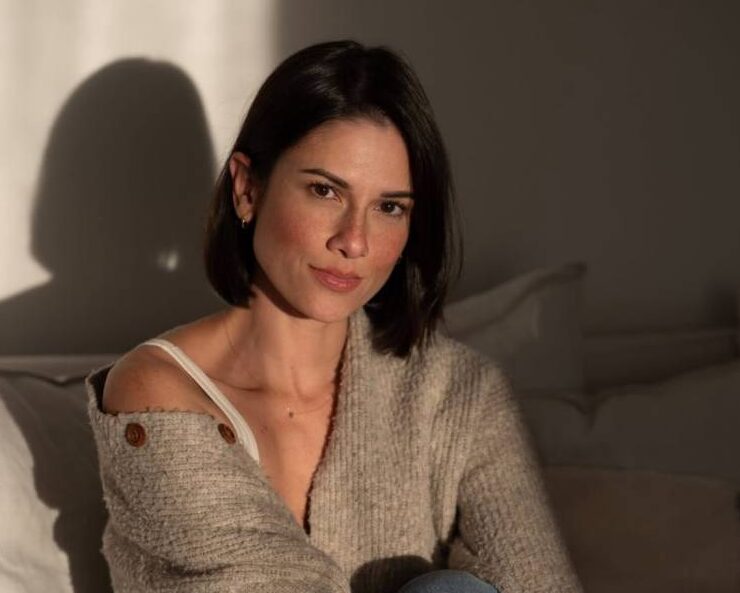Holding on to hope
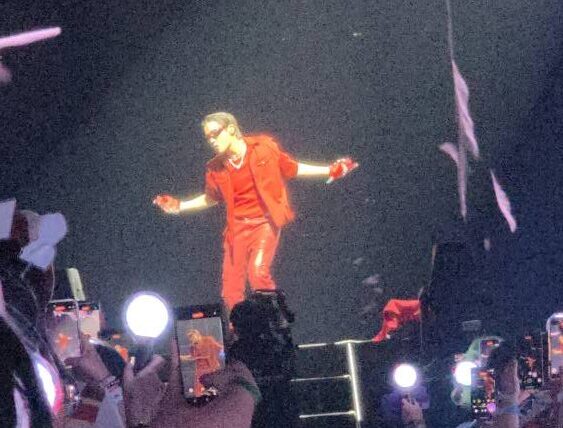
It might surprise newer fans, but global superstars BTS once regularly visited the Philippines in their early years after debuting in 2013. The first time was in their sophomore year for their “Red Bullet” tour, followed by the 2016 “Live on Stage: Epilogue” in Manila, and finally, the “Wings” tour in 2017, during which leader Kim Nam-joon promised ARMYs (fan name) they would “meet each other again in the future.”
Who would have known that it would be a long eight-year wait? Even so, Filipino ARMYs—arguably one of Bangtan’s largest fan bases—held on to that promise as they watched the once-underdog septet become one of the most beloved acts in the world.
The greater they became, the more acute the anticipation. All the while their once-young fans, myself included, became adults alongside the members, whose songs moved from the nostalgia of youth to the pains of maturing. Nobody lost hope even when the seven enlisted in the military, and even when they embarked on their solo careers. If anything, the latter strengthened our faith in at least one BTS member returning.
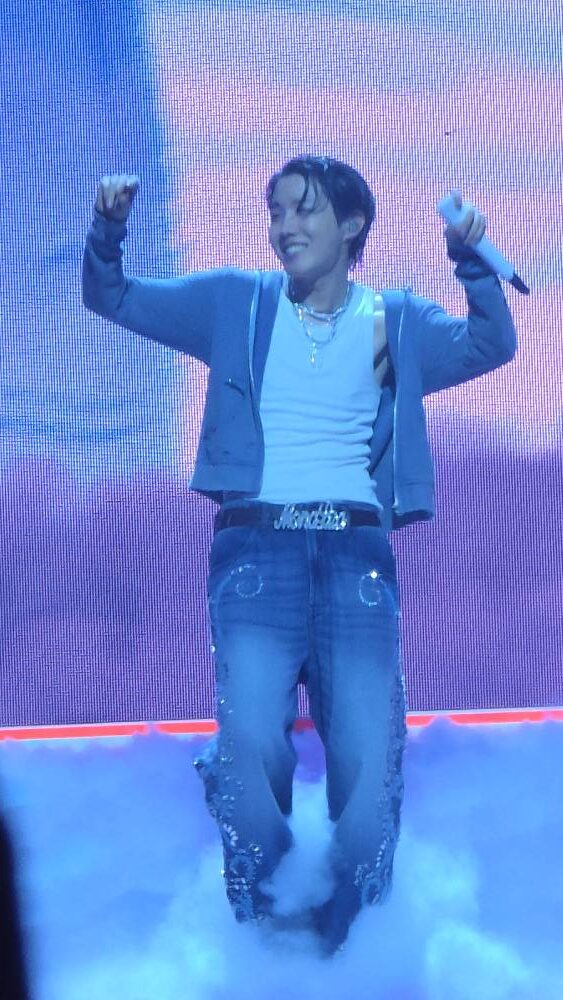
That it was J-hope, or Hobi, dance leader and one-third of the rap line, who would eventually return last April 12 and April 13 for his debut solo tour “Hope on the Stage,” felt nothing short of kismet. There was no better audience for his Chapter 2 solo work than the karaoke-tested, we-will-outsing-you-in-your-own-concert Filipino fans, who had the chance to show why Manila deserves a spot on the tour map. Who better to give hope to Pinoys than the self-styled sunshine of Bangtan?
Vibe check
Dare I say: Not only did we show him, but we showed off. J-hope is incredibly intentional with his work—everything threads together, from his carefully chosen outfits to the intricately designed stages and the well-curated setlist. So it was only fitting that ARMYs reciprocated that energy. Almost everybody arrived in album-inspired outfits in hues of red, brown, and black; the fan projects for Day 1 and Day 2 involved Hobi-coded symbols, the squirrel and the sunflower.
There was no real need to be prompted to “mag-ingay,” as Hobi urged us mid-show. All it took was for him to emerge from the stage floor during the first piano notes of “What If” for the entire sold-out SM Mall of Asia arena to erupt in cheers.
Everybody was obviously there to have a blast, but there was also a palpable sense of purpose. This stop was, in part, a vibe check, and Filipino ARMYs intended to pass it with flying colors. There was absolutely no way we would wait another eight years for Chapter 2.
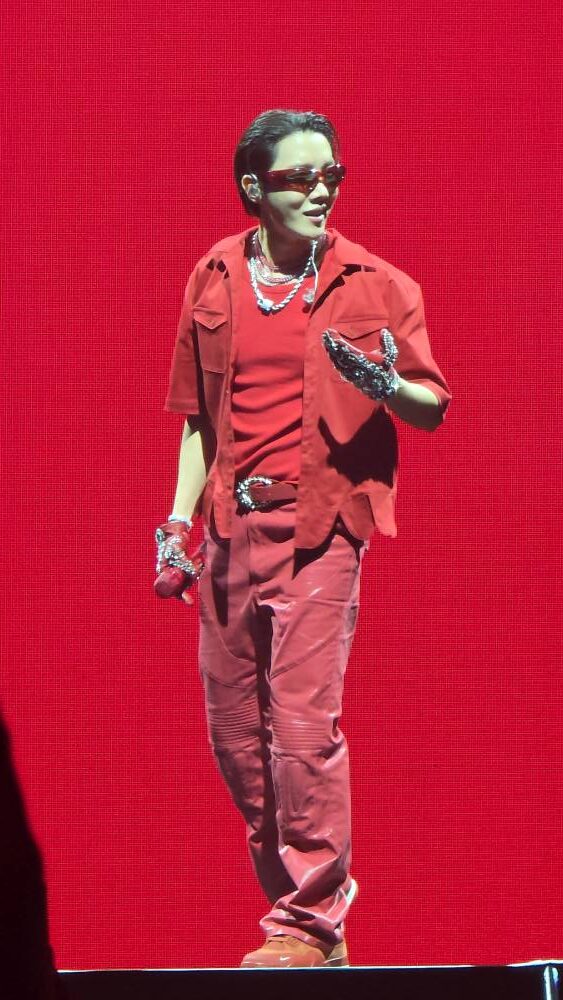
“It’s been a long time since I came here as BTS, right?” he said during one of the setlist breaks. “I’m really happy that I started the Asia tour in this very hot and passionate city … This is really one of my happiest stages.”
Before he ended his show, J-hope promised ARMYs that he will “never forget Manila and make sure to come back.” At the same time, he said Manila’s energetic response “gave me a lot of inspiration and gave me hope for the rest of the Asia tour.”
After all, this tour isn’t just a way to pass the time until the others are ready. It’s deeply intertwined with J-hope’s Chapter 2 endeavors, a dedicated exploration of his artistic boundaries and future musical direction.
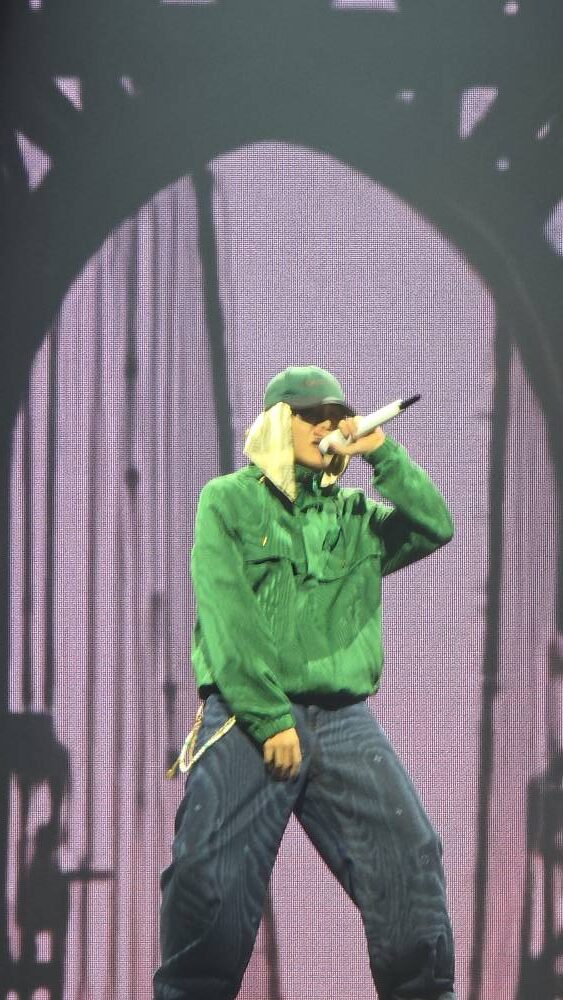
Other idols often struggle to find their footing once they go their solo ways. This was certainly not the case for Ho-seok, a gifted lyricist and producer with a strong sense of identity to prop up his work.
Since his last Manila visit, Ho-seok has released three projects showcasing his artistic range: the buoyant, upbeat “Hope World” (2018), the grungy and edgy “Jack in the Box” (2022), and the rhythmic “Hope on the Street” (HOTS) Vol. 1 (2024), which he released shortly after military life.
Fully capable
These vastly different projects would have been risky choices in less deft hands. But all three are represented well in the HOTS narrative, proving that J-hope, the solo artist, was fully capable of standing on his own and able to command an entire arena even with just his B-sides.
For example: During “I Wonder…,” Pinoy ARMYs surprised him by singing back the entire chorus word for word in a higher key to boot. The rock-grunge “More” had the entire arena pulsating with fiery intensity, while the electrifying band versions of hip-hop tracks “Hangsang” and “Base Line” further cemented their status as fan favorites from the “Hope World” mixtape.
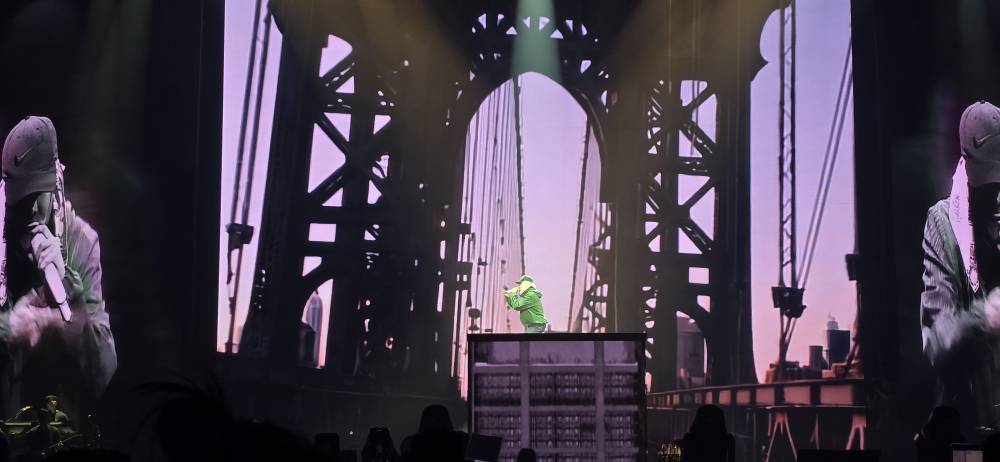
At the same time, his talent and stage presence more than fills the void of the other members even when he performs OT7 songs like “Mic Drop,” “Baepsae,” and “Airplane pt. 2.”
I’ve seen these performances several times before, in different concerts and showcases. But somehow he got even sharper, more fervid. Each movement was spontaneous, but each decision on stage—whether to go left or right to accommodate every section, when exactly to cut short to allow the audience to sing along—was meticulously done like clockwork. He has become a consummate performer; he knows exactly how to get the audience going.
Personally, this was the other reason I badly wanted to see him this time. It’s obvious how utterly different he is from 2017. His meteoric rise has made him more ambitious, his hard times have kept him grounded, and his two-year service undoubtedly made him hungrier for the stage.
If HOTS is a peek into what’s to come for Chapter 2, we can run into the future with hope.




